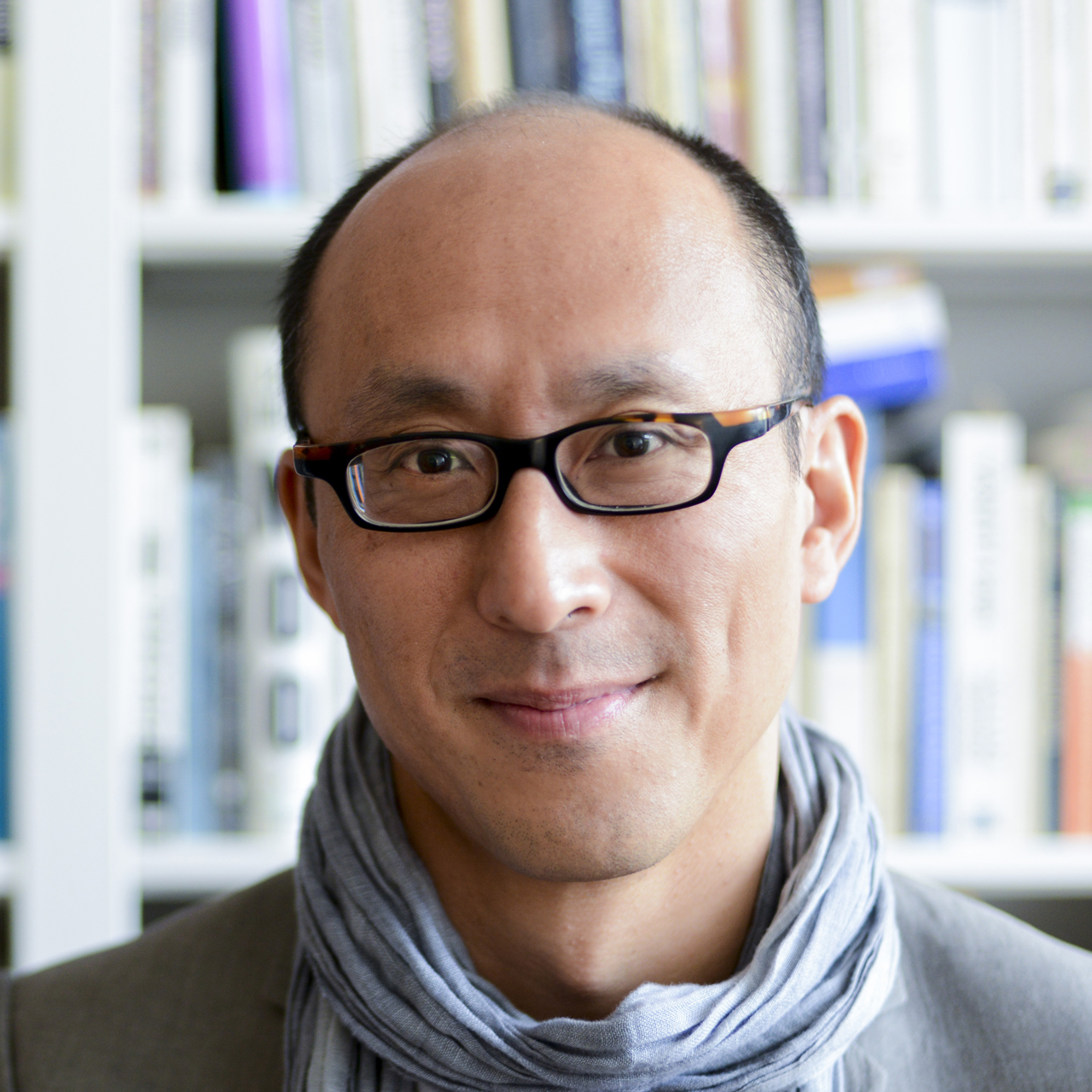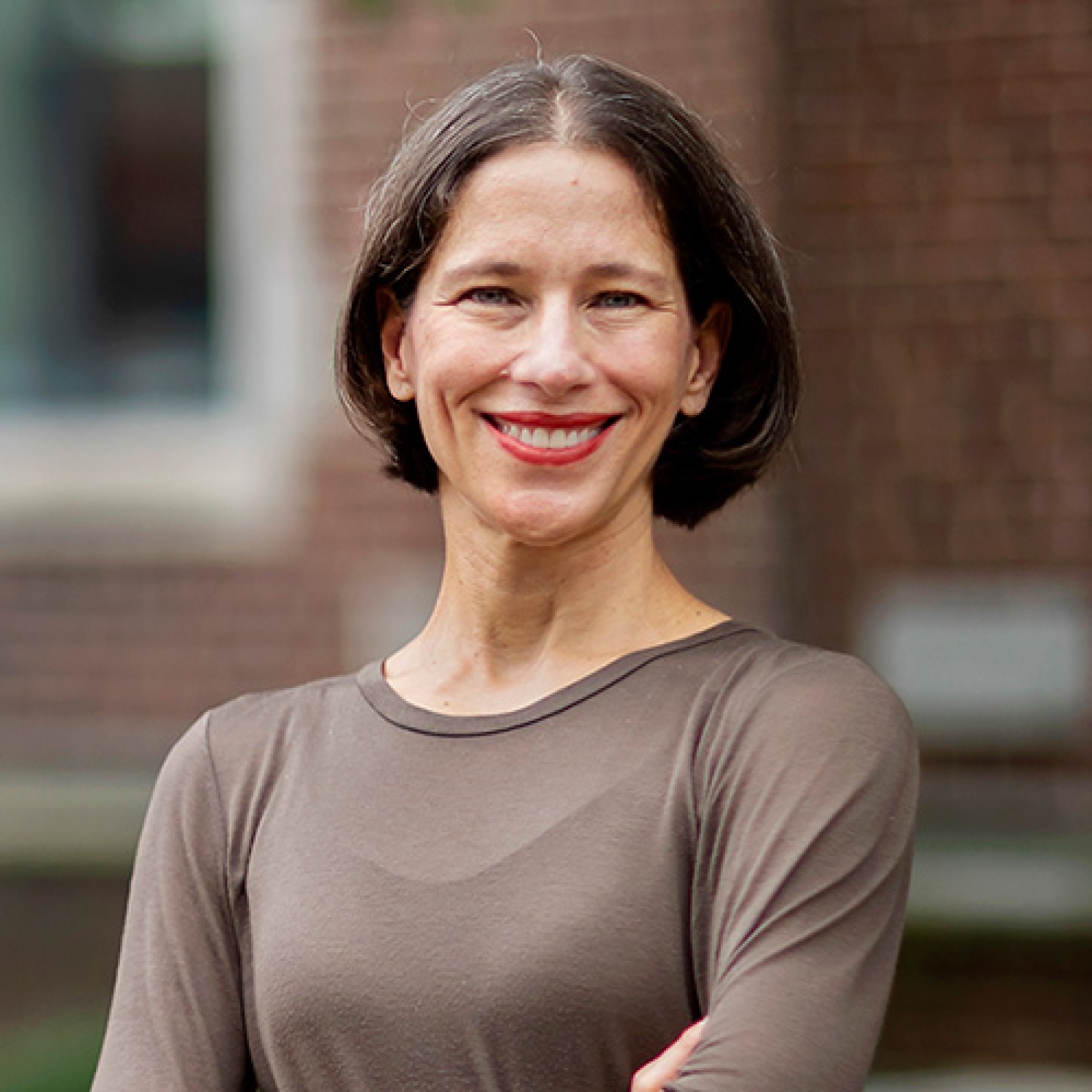Omnia 101: Queer Theory
English professors David L. Eng and Melissa Sanchez explain how theory informs their research.
Editor’s Note: Several years ago, Omnia asked David L. Eng, Richard L. Fisher Professor of English, and Melissa Sanchez, Donald T. Regan Professor of English, about queer theory. The following was updated in June 2024 to ensure accuracy.
David L. Eng, Richard L. Fisher Professor of English studies 20th-century literature with a focus on American literature, Asian American studies, law, and psychoanalysis. Melissa Sanchez, Donald T. Regan Professor of English, researches 16th- and 17th-century British literature, including the works of William Shakespeare and Edmund Spenser. Both apply queer theory to the study of literature and culture. So, how can it be used in analysis of a Shakespearean sonnet and contemporary immigration law, and what can we learn from its application? Eng and Sanchez illuminate how queer theory works in their research.
What is queer theory?
Eng: Its emergence started with an extension of and departure from the field of gay and lesbian history. We had a prior generation of scholars who began to uncover the history of homosexuals and homosexuality. These were recovery projects that sought to find and identify gays and lesbians in the historical and literary landscape.

David L. Eng, Richard L. Fisher Professor in English
Sanchez: The way that I usually explain queer theory when I teach it is that it overlaps with gay and lesbian studies in important ways, but that it also differs in that it challenges the notion of sexual identity as a stable or binary thing. For me, one of the most powerful insights of queer theory is that once you start looking carefully at what you presume to be normal or normative sexuality, you see that the normal is itself a fantasy. The normal is already riven by what we could call queerness.
What questions or modes of thinking does queer theory open up?
Eng: In the 1980s and ’90s, the introduction of French post-structuralist ideas into gay and lesbian history pushed the field beyond recovering repressed histories of same-sex desire to consider how our sexualities are produced, as Melissa suggests, through a set of cultural and linguistic norms. Queer theorists such as Judith Butler started to think about sexuality as a social construction, as a compelled performance, and gender as a form of repeated and stylized behavior.
Sanchez: One of the benefits that one gets from looking at queer theory across time is you can see that practices whose meaning we take for granted now, like marriage, have not always been imagined in the same ways. Four hundred years ago, male friendship was considered the most spiritual and fulfilling type of relationship. Marriage was understood to be more about money, dynastic concerns, or procreation, and less about the kind of emotional, intellectual, romantic, or erotic companionship that many consider key to marital relationships now. So if you take the insight that friendship actually used to occupy the cultural place that marriage does now, then you start questioning claims that today’s “normal” order derives from some kind of transhistorical “nature.”
What does queer theory look like within your specialty?

Melissa Sanchez, Donald T. Regan Professor of English (Image: Eric Sucar/University Communications)
Sanchez: Within early modern studies and Shakespeare studies, you can see the same kind of shift that David has described in more contemporary studies. Early queer studies of Shakespeare were primarily about finding same-sex couples and same-sex desires in Shakespeare’s poems and plays. Scholars began to notice for the first time that Shakespeare’s first 126 sonnets profess his devotion to a man. They began to take seriously the homoerotic nature of relations between Antonio and Bassanio in The Merchant of Venice, or Helena and Hermia in A Midsummer Night’s Dream.
More recently, different debates have opened up, largely about the history of sexualities. In early gay and lesbian studies, Michel Foucault’s distinction between pre-modern acts and modern identities was taken as a truism. His argument was that before the late 19th century, there were no “homosexuals” or “heterosexuals.” There was the juridical category of sodomy, but sodomy included everything but vaginal intercourse and so was something that anyone could do. Engaging in sodomitical acts didn’t constitute a continuous identity or truth about a person.
Today, some scholars have challenged Foucault’s historical distinction between acts and identities by arguing that though the names were different, there were sexual identities or types in the pre-modern era. Other scholars have focused on questions of race and sexuality, looking at how colonialism promoted a Christian/European norm of monogamous marriage and kinship against which racialized others in Africa, the Ottoman Empire, or the New World were seen as perverted or other in their very being.
Does queer theory have applications outside of literature?
Eng: Human rights and immigration laws are often directly related to issues of sexuality. Extending Melissa’s observations about a colonial history of Christian/European norms, the way a religious or racialized society treats its gays and lesbians today becomes a litmus test of how civilized or how uncivilized it is, and it often relates to how asylum law functions and how asylum is granted to those who are seen as sexually persecuted. How non-Western nations and peoples regard their women has now evolved into the question of how they regard their LGBTQ communities.
If we think about sexuality not just as our individual desires or identifications but rather as one of the most important social discourses today—one that is central in terms of gaining legal rights and recognition—we see how sexuality has become one of the primary languages of modern civilization and citizenship. There are real social issues and consequences in trying to imagine not only what sexuality is but also what sexuality does as a political category at any given historical moment. Ideally, this is what queer theory can help us think through.
What does queer theory look like in the classroom?
Sanchez: Penn is a really great place to be a student because with the LGBT Center and the Alice Paul Center for Research on Gender, Sexuality, and Women [now called the Center for Research in Feminist, Queer, and Transgender Studies, directed by Sanchez] there are numerous arenas for thinking through so many politically prominent questions.
When I first started teaching feminism and queer theory here, my enrollments were fairly small, and they were almost all women. The enrollment has grown and grown. I think that that has a huge amount to do with the political climate. Students at Penn are very aware of the precarity of rights of vulnerable populations and they want to learn more.
Eng: Queer theory—its attention to language and to politics—can become a powerful tool for students to frame their own experiences. I’ve witnessed it again and again in the classroom: the material gives students a critical vocabulary to understand their own lives, while also showing them how their present is connected to a much longer history and to a set of often concealed social conditions and assumptions that shape not only them but also the world around them.
Teaching can also be a model of deferred action. The most satisfying thing for me is when I receive notes from students many years later saying, “Oh, you may not remember me, but I took your class on literary theory, or I took your class on queer theory, or I took your class on Asian American studies. I’m only now coming to understand what that meant for me.” Seeing students make connections over time, after we’re no longer together, is the part of teaching that I just love.


